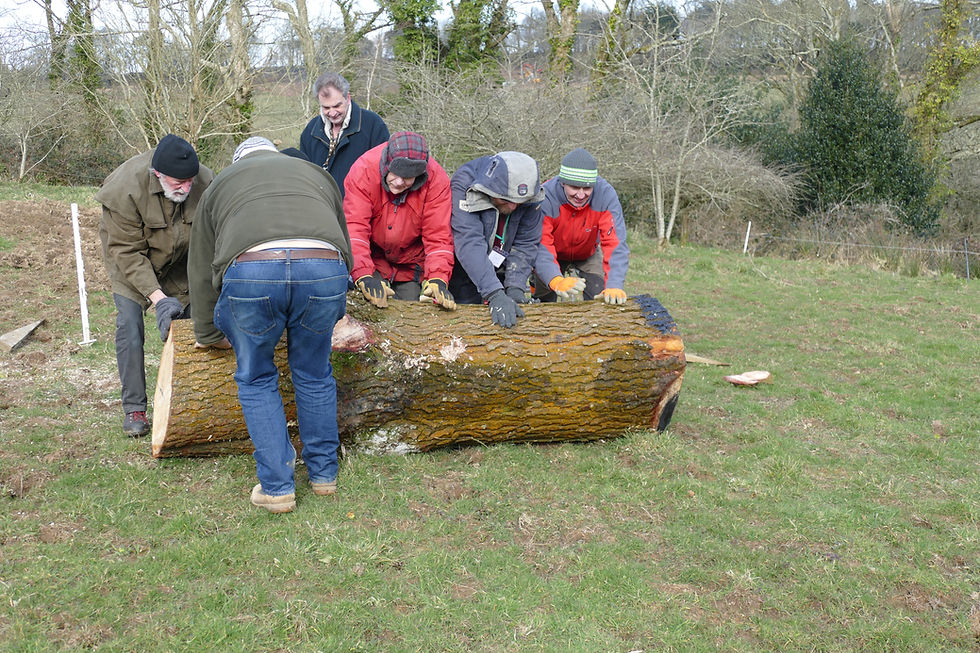As the Light fades the Pollen shines all the more
- Roger Druitt
- Sep 1, 2009
- 3 min read

Even in the autumn, at the hive entrance, we see the bees carrying pollen into the darkness of their own home, actually of their own body within its box. Even at the end of the day, as twilight begins, pollen is still going in; and as the light fades, the pollen shines all the more: a light going into the darkness. We, and they, are comforted that they will be plenty of food for the winter! The winter bees will be fed and the colony will be strong in the spring. Where does this perception lead us?
Summer is for us a wakeful time of activity, while we think of winter as more enclosed; but is our mind not more active during the winter? Are not our thoughts clearer and more awake? Autumn is the season in which we realise this is beginning to happen. The outer enclosing or drawing in is accompanied by an inner expanding.
The hive is truly enclosed in the winter time, even to the point of hibernation if the weather is sufficiently cold. What a contrast to the summer, when the inside of the hive, that is the true bodily organism of the colony, is full of activity, without rest! Can we not imagine that the winter rest, the winter silence and stillness within the hive means something very spiritual for the colony? Comparable to our times of meditation, when we are connected with something higher than ourselves? Surely this time of nothingness is vital for the colony to enable it to function properly during the rest of the year and vital for us too to make our way in inner light.
So winter for the bees is like our own state of total wakefulness, with mind fixed on higher content. We do this during the daytime but in so doing we prepare for an unconscious enlightenment during the night. When we awaken and go into the next day, we are alive with the content of those periods. But how does the pollen get into the hive, into the cells? During the forage these insects pause and use one pair of legs to wipe it all down to their ‘pollen baskets’, special hairs on their back legs where it sticks together in a little lump. (They must use some binding substance as the pollen in an abandoned mason bee cell was just loose powder!) Then these grains are handed over to the hive bees who put it in a cell of the same flower source. (It is one of those beginners’ shocks to see a few green or even black cells here and there in the midst of the main crop or warm yellow – no, there’s nothing wrong!). So the main store is like the bread bin, but the larder also contains the condiments. Bee larvae have a very mysterious diet…
Bees take pollen from the world into their ‘ higher consciousness’ in the hive. Later it is transformed, to emerge as new life. Our quiet moments in the day are our pollen-gathering that we take into our sleep, our unconscious higher consciousness. There, the higher beings that support us in life (Guardian Angels, Saints, Ancestors and other departed souls and other, higher beings still) sort everything out and put it through metamorphosis, whence we bear it, transformed, into the next day of our activity. Is this anything to do with what love really is about? A bright idea, a reconciliation, a hard decision become straightforward, a new perspective on someone we care for, or hated?
Thank you world.
Dedicated to the Natural Beekeeping Trust by Roger Druitt
Autumn 2009





Comments